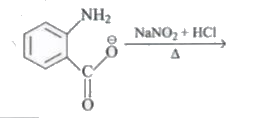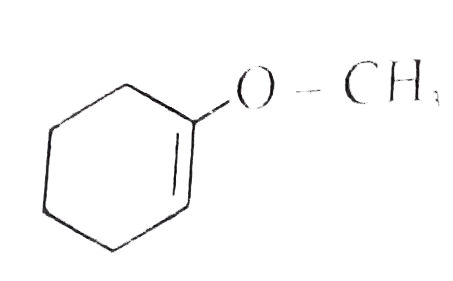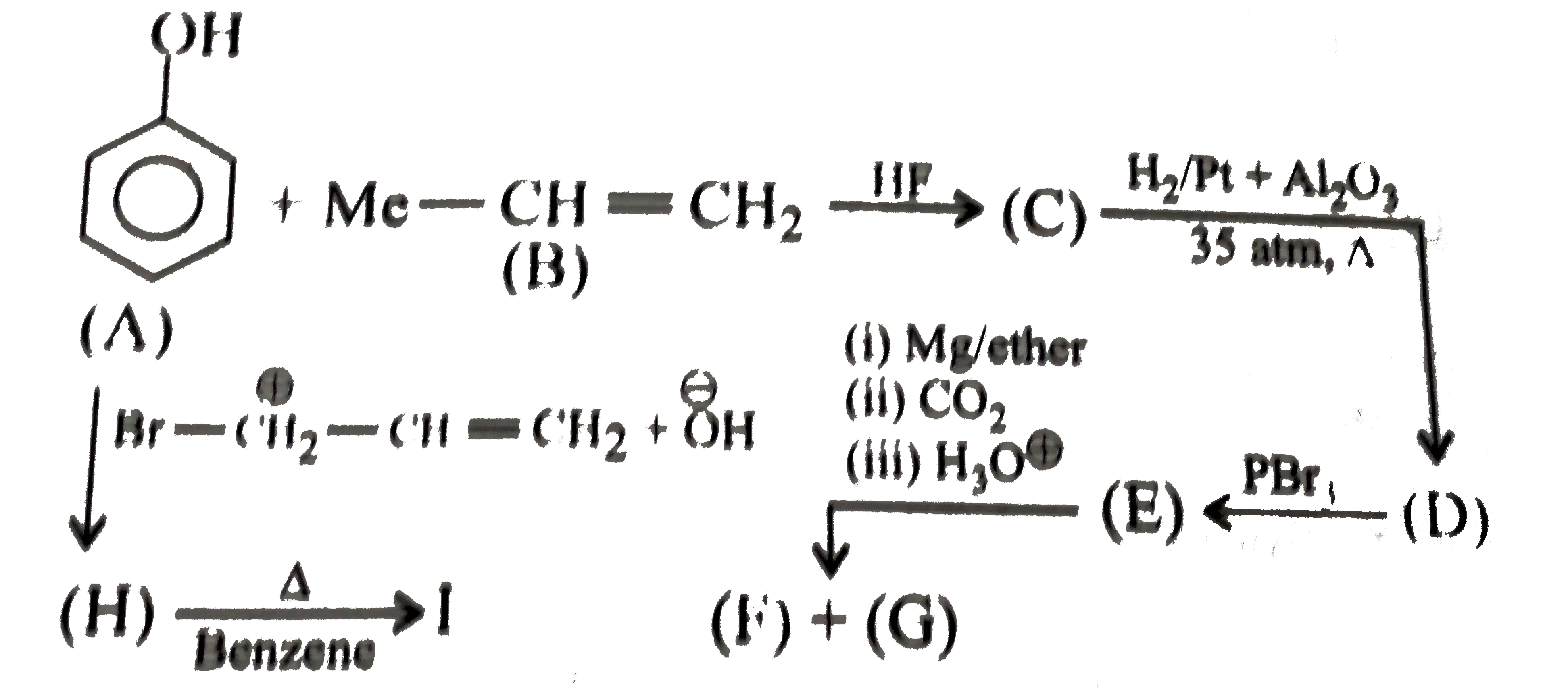A : Phenol is manufactured by Dow 's pocess.
R : It involves the formation of benzyne intermediate .
If both Assertion & Reason are true and the reason is the correct explanation of the assertion, then mark (1)
If both Assertion & Reason are true but the reason is not the correct explanation of the assertion, then mark (2)
If Assertion is true statement but Reason is false , then mark (3)
If both Assertion and Reason are false statements , then mark (4)
The correct Answer is:B
To solve the question regarding the assertion and reason related to the manufacturing of phenol by Dow's process, we can break down the solution into clear steps:
1. Understanding the Assertion (A):
- The assertion states that "Phenol is manufactured by Dow's process."
- This is a true statement. Dow's process is a well-known method for synthesizing phenol from chlorobenzene.
Hint: Recall the main methods of phenol production and identify which one involves chlorobenzene.
2. Understanding the Reason (R):
- The reason states that "It involves the formation of benzyne intermediate."
- This is also a true statement. In Dow's process, the reaction of chlorobenzene with sodium hydroxide (NaOH) under specific conditions leads to the formation of a benzyne intermediate.
Hint: Consider the reaction mechanism and the role of intermediates in organic synthesis.
3. Analyzing the Dow’s Process:
- In Dow's process, chlorobenzene reacts with NaOH at high temperature and pressure (623 K and 300 atm).
- The reaction produces sodium phenoxide as an intermediate, which can be converted to phenol by acidification.
Hint: Think about the reaction conditions and the products formed during the process.
4. Conclusion:
- Both the assertion and reason are true, and the reason correctly explains the assertion.
- Therefore, the correct answer is that both statements are true, and the reason is the correct explanation for the assertion.
Hint: Confirm that the relationship between the assertion and reason is logical and that the reason supports the assertion.
Final Answer:
Both the assertion and reason are true, and the reason is the correct explanation for the assertion.
- The assertion states that "Phenol is manufactured by Dow's process."
- This is a true statement. Dow's process is a well-known method for synthesizing phenol from chlorobenzene.
- The reason states that "It involves the formation of benzyne intermediate."
- This is also a true statement. In Dow's process, the reaction of chlorobenzene with sodium hydroxide (NaOH) under specific conditions leads to the formation of a benzyne intermediate.
- In Dow's process, chlorobenzene reacts with NaOH at high temperature and pressure (623 K and 300 atm).
- The reaction produces sodium phenoxide as an intermediate, which can be converted to phenol by acidification.
- Both the assertion and reason are true, and the reason correctly explains the assertion.
- Therefore, the correct answer is that both statements are true, and the reason is the correct explanation for the assertion.
Both the assertion and reason are true, and the reason is the correct explanation for the assertion.
Topper's Solved these Questions
- ALCOHOLS, PHENOLS AND ETHERSBOOK - AAKASH INSTITUTE ENGLISHCHAPTER - ALCOHOLS, PHENOLS AND ETHERSEXERCISE - Assignment Section - C (Questions asked Prior to medical Ent. Exams. 2005)
13 Videos
- ALCOHOLS, PHENOLS AND ETHERS BOOK - AAKASH INSTITUTE ENGLISHCHAPTER - ALCOHOLS, PHENOLS AND ETHERS EXERCISE - Try Yourself
5 Videos
Similar Questions
Knowledge Check
Which of the following reactions involve benzyne intermediate?
A B
B C
C D
D
In SN1 reaction, the first step involves the formation of:
Afree radicalBcarbanionCcarbocationDfinal product
A: In Hofmann's bromamide degradation amines formed containing one carbon atom less than carbon atoms present in amide.
R: This reaction occurs through the formation of nitrine intermediate
View SolutionA : CH3−CH3∣C∣CH3−CH=CH2 on hydroboration oxidation gives CH3−CH3∣C∣OH−CH∣CH3−CH3 as major product .
R : It involves the formation of carbocation so undergoes rearrangement .
View SolutionA : The dehydration of ethyl alcohol in presence of Al2O3 at 633 K gives ethene.
R : The reaction proceed through the formation of carbocation intermediate.
View SolutionAlkenes undergo electrophilic addition reactions. Electrophilic addition to unsymmetrical alkenes involve the formation of a more stable carbocation intermediate in the first step which is rate determining and carbocation is then attacked by a nuclephile to form product
 +H2OH2SO4−−−→ Product
+H2OH2SO4−−−→ Product
View SolutionAlkenes undergo electrophilic addition reactions. Electrophilic addition to unsymmetrical alkenes involve the formation of a more stable carbocation intermediate in the first step which is rate determining and carbocation is then attacked by a nuclephile to form product
HO−CH2−CH2−CH2−CH=CH2I2−−−−−→NaHCO3 major product formed is
View Solution
The names of reaction and intermediate species involved in the formation of (C ), respectively, are:
View Solution
